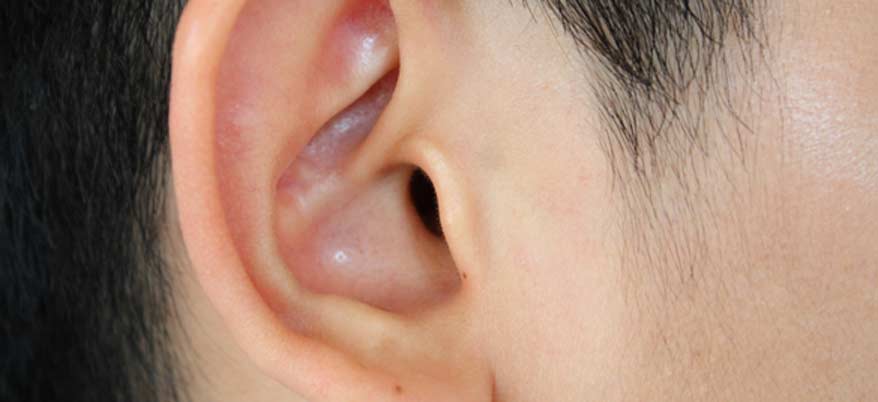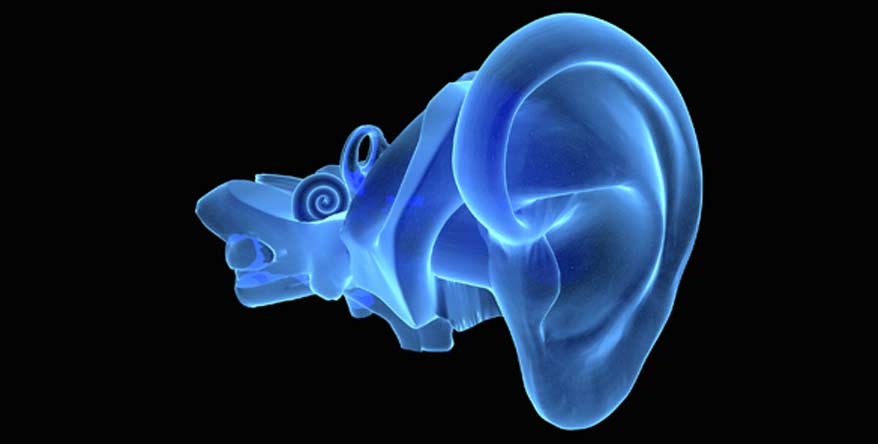
Ears are a prominent feature on everyone's head. Unusually large or shaped ears can attract unwanted attention.
Patients who have large or unusually shaped ears can often feel that they are picked on and desire more typical-looking ears. Years of being singled out because of your ears can lead to low self-esteem.
A solution to the problem is otoplasty, or ear surgery., to reduce ear size.
Types of Ear Surgeries
There are a few types of ear deformities that patients usually want surgically fixed, including ears that protrude further than normal and ears that are simply too large. If the ears are a normal size but the problem is the protrusion, then a procedure called ear pinning can be done. This brings the ears closer to the head so they are not as noticeable. If the problem is the size of the ears, surgeons can sculpt the ears down to a more normal size by removing cartilage.


How an Ear Reduction is Performed
There are two basic types of ear reduction surgery: cartilage scoring and cartilage sparing. Cartilage scoring involves cutting into the ear to add, remove, or otherwise rearrange the ear tissue. This method will generate more scarring, but because this is performed behind a patient’s ear, these scars won’t be easily seen.
Cartilage sparing uses stitches and other types of sutures to change both the shape and position of the ear. This type of otoplasty is minimally invasive and can create a more natural looking ear than the cartilage scoring technique. The method used by your surgeon will depend on your individual ear structure and what types of changes you desire.
Otoplasty & Your Hearing
Bear in mind that otoplasty is used for cosmetic reasons. This is a surface surgery only. There is no surgery to underlying structures. If you have hearing loss and are currently wearing hearing aids, the aids should typically still fit after the surgery. If you are concerned about your hearing aids fitting, discuss this with the surgeon beforehand. They will ensure that the changes to the structure of your outer ear will not interfere with your hearing aids.
Surgery Risks
Ear reduction surgeries offer minimal risk. As with any surgery, there is the risk of excess bleeding and infection. Also, if the patient has never undergone general anesthesia, there is always the worry that they will have a reaction to the medications used. For an ear reduction, there is also the risk of the patient not liking the results.

